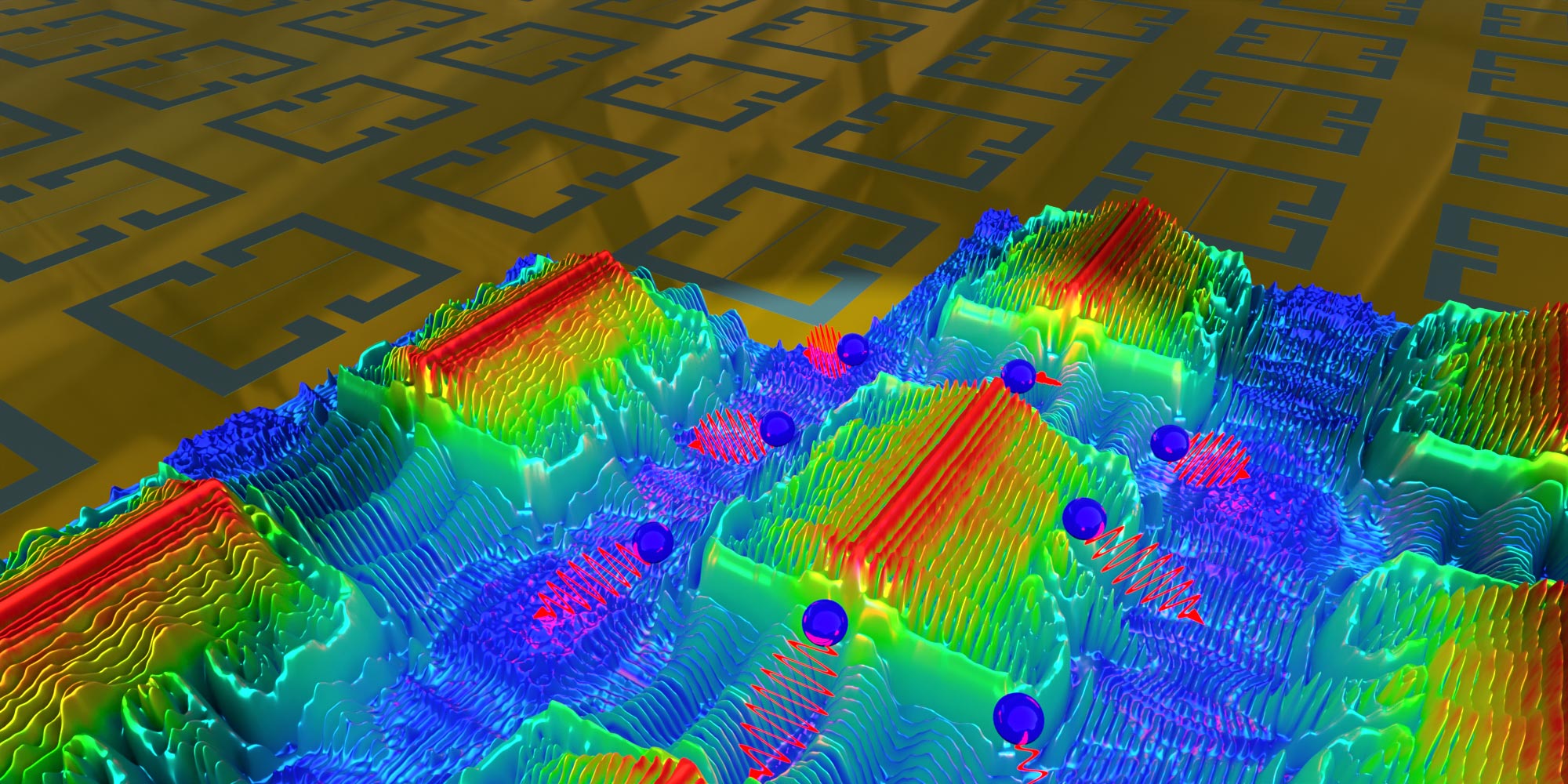Description of the structure of Nano molecular memory (PhD in Nano _ Microelectronics)
Researcher and author: Dr. ( Afshin Rashid)
Note: The so-called nano-quantum size effect describes the physics of electron properties in solids with a large reduction in particle size. This effect does not work by going from macro to micro dimensions. However, when it reaches the nanometer size range, it dominates.
Nano-quantum effects can dominate the behavior of matter at the nanoscale - especially at the lower end (single digits and tens of nanometers lower) - and influence the optical, electrical and magnetic behavior of materials. Materials can be produced at the nanoscale in one dimension (eg very thin surface coatings), in two dimensions (eg nanowires and nanotubes) or in all three dimensions (eg nanoparticles and quantum dots). The reasons for these drastic changes stem from the bizarre world of quantum physics. The mass properties of any substance are simply the average of all the quantum forces that affect all the atoms that make up matter. As you make things smaller and smaller, you will eventually reach a point where averaging no longer works and you will have to deal with the specific behavior of atoms or molecules - a behavior that can occur when these atoms in a substance Masses are very different. Materials reduced at the nanoscale can suddenly show very different properties compared to what they show at the macro scale. For example, opaque materials become transparent (copper). Inert materials become catalysts (platinum). Stable combustible materials (aluminum); Solids turn into liquid at room temperature (gold). Insulators become conductors (silicon). Another important aspect of nanomaterials is surface area. Compared to the same mass of materials in the form of masses, nanoscale materials have a relatively larger surface area. This can make materials more chemically reactive (in some cases, bulk inert materials are reactive when produced at the nanoscale) and affect their strength or electrical properties.
Common nanoelectronic technologies in nano-memories hardly meet the demands, but nanotechnology offers better solutions. One of the new data storage tools is the use of nickel quantum dots in nanometer sizes that are expected to be used to store terabytes of data, even at home and in personal use. Given the relatively large (physically) storage devices we currently have, and the fact that we need sizes around GIGABYTE in various fields, there is a great potential for activity in this area.Each quantum dot contains a separate ball of several hundred atoms that can have one of two magnetic states. This allows them to contain a bit of information (zero or one), as is customary in machine computing. On common hard drives, the data bits must be spaced far enough apart to avoid retaliation. Quantum dots act as completely independent units that are not structurally interconnected, so they can be somewhat closer together. They can be arranged to a certain density that allows any type of information up to 5 terabytes to be stored in a space the size of a postage stamp. Activities should continue until these nanoparticles work better and work with other computing devices such as silicon chips.
Conclusion:
The so-called nano-quantum size effect describes the physics of electron properties in solids with a large reduction in particle size. This effect does not work by going from macro to micro dimensions. However, when it reaches the nanometer size range, it prevails.
Researcher and author: Dr. ( Afshin Rashid)
PhD in Nano-Microelectronics




